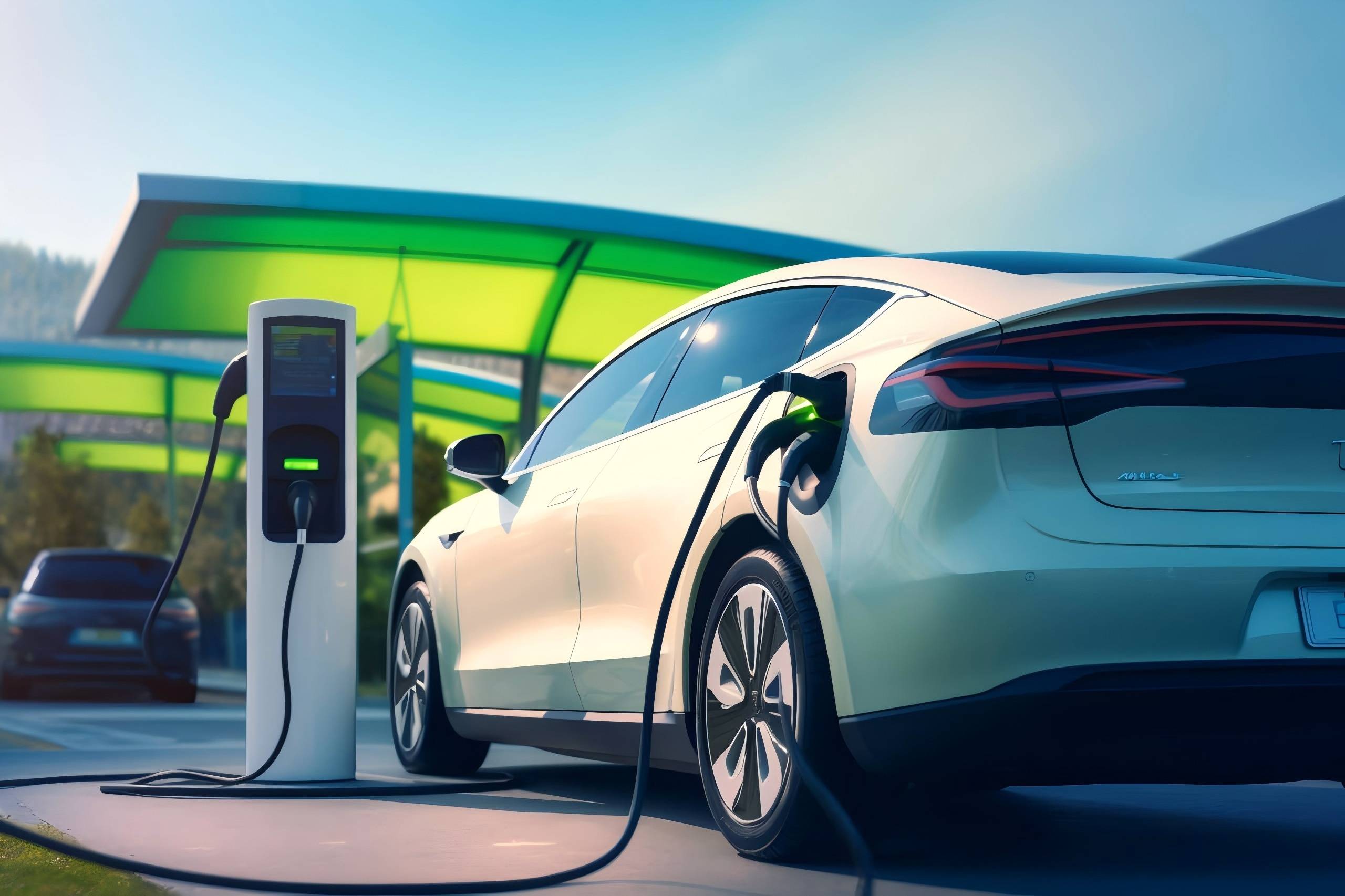
Improper charging methods can lead to electric vehicle (EV) battery bulging, which affects battery performance and lifespan. Below are key charging mistakes that can cause battery bulging.
Charging an EV immediately after use is common, but it can lead to battery bulge if not done properly. Here's why:
- Insufficient cooling: The battery needs a short cooling period after use to stabilize its temperature. Charging immediately without cooling can cause heat buildup, leading to pressure inside the battery and potential bulging.
- Elevated battery temperature: Charging a warm battery increases its internal temperature, accelerating chemical reactions and potentially causing excessive pressure and bulging.
- Fast charging: Using fast charging when the battery is already warm generates more heat, further increasing the risk of bulging.
Tip: Always follow manufacturer guidelines, allow the battery to cool before charging, avoid rapid charging if the battery is warm, and use the built-in battery management system to prevent overheating.
Charging your EV under direct sunlight, especially in hot climates, can cause battery bulging due to:
- Heat buildup: Sunlight intensifies the heat inside the battery, increasing internal pressure, which can lead to bulging.
- Increased ambient temperature: Sun exposure raises the temperature around the battery, speeding up chemical reactions that generate more heat and pressure.
- Cell temperature imbalance: Uneven heating of battery cells can cause them to expand and contract differently, stressing the battery and causing bulging.
- Lack of ventilation: Poor airflow during charging traps heat, further increasing the risk of bulging.
Tip: Charge your EV in shaded areas or covered parking, preferably during cooler parts of the day, and ensure proper ventilation to reduce heat buildup.
While fast charging is convenient, it can also lead to battery bulging if not carefully managed due to:
- Excessive heat generation: Rapid charging creates more heat, which can push the battery beyond its optimal operating temperature, causing deformation and bulging.
- Increased charging current: A higher current over an extended period generates more heat, putting stress on the battery cells.
- Cell imbalance: Fast charging can worsen existing differences in the health, resistance, or capacity of battery cells, causing uneven expansion and bulging.
- Insufficient cooling: Fast charging typically requires more cooling. Without adequate airflow and thermal management, the battery overheats.
Tip: To reduce risks, follow the manufacturer's guidelines on charging rates and durations, avoid frequent fast charging, and use EVs with advanced thermal management systems.
Battery bulging in electric vehicles is mainly caused by improper charging practices. Following manufacturer guidelines, allowing cooling periods, avoiding high temperatures, and ensuring proper ventilation are key to maintaining your EV battery's health and extending its lifespan.
Next:Sungrow Highlights 10 Key Tech Trends Shaping Solar & Energy Storage
Previous:3.2V 700Ah Thunder sky Winston LiFePO4 Battery Cells to the Netherlands
Contact Person: Miss. Elsa Liu
| WhatsApp : | +8617763274209 |
|---|---|
| Skype : | +8617763274209 |
| WeChat : | 17763274209 |
| Email : | Elsa@lifepo4-battery.com |